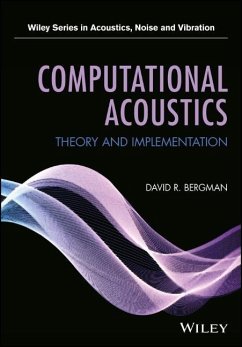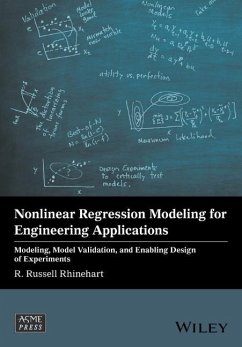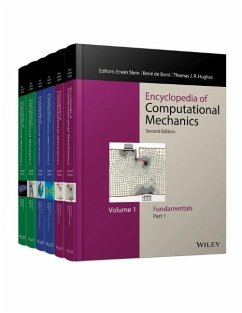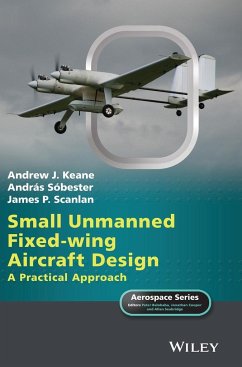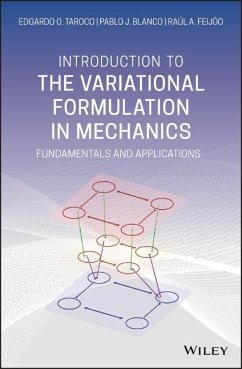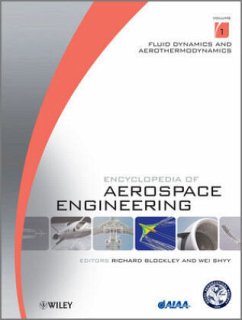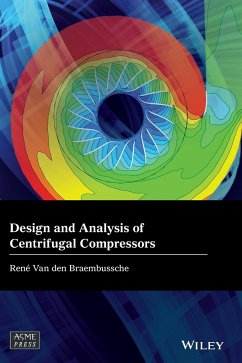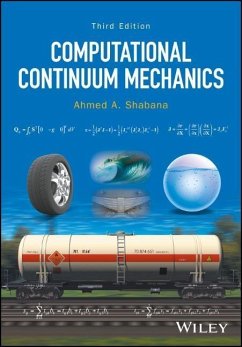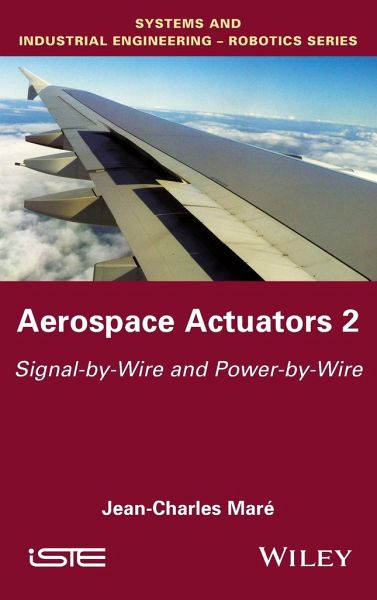
Aerospace Actuators 2
Signal-By-Wire and Power-By-Wire
Versandkostenfrei!
Versandfertig in über 4 Wochen
158,99 €
inkl. MwSt.
Weitere Ausgaben:

PAYBACK Punkte
79 °P sammeln!
This book is the second in a series of volumes which cover the topic of aerospace actuators following a systems-based approach.This second volume brings an original, functional and architectural vision to more electric aerospace actuators. The aspects of signal (Signal-by-Wire) and power (Power-by-Wire) are treated from the point of view of needs, their evolution throughout history, and operational solutions that are in service or in development.This volume is based on an extensive bibliography, numerous supporting examples and orders of magnitude which refer to flight controls and landing gea...
This book is the second in a series of volumes which cover the topic of aerospace actuators following a systems-based approach.
This second volume brings an original, functional and architectural vision to more electric aerospace actuators. The aspects of signal (Signal-by-Wire) and power (Power-by-Wire) are treated from the point of view of needs, their evolution throughout history, and operational solutions that are in service or in development.
This volume is based on an extensive bibliography, numerous supporting examples and orders of magnitude which refer to flight controls and landing gear for various aircraft (fixed or rotorwing, launchers) in commercial, private and military applications.
The topics covered in this set of books constitute a significant source of information for individuals and engineers from a variety of disciplines, seeking to learn more about aerospace actuation systems and components.
This second volume brings an original, functional and architectural vision to more electric aerospace actuators. The aspects of signal (Signal-by-Wire) and power (Power-by-Wire) are treated from the point of view of needs, their evolution throughout history, and operational solutions that are in service or in development.
This volume is based on an extensive bibliography, numerous supporting examples and orders of magnitude which refer to flight controls and landing gear for various aircraft (fixed or rotorwing, launchers) in commercial, private and military applications.
The topics covered in this set of books constitute a significant source of information for individuals and engineers from a variety of disciplines, seeking to learn more about aerospace actuation systems and components.




